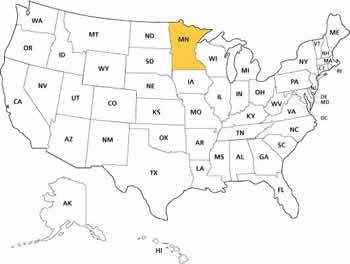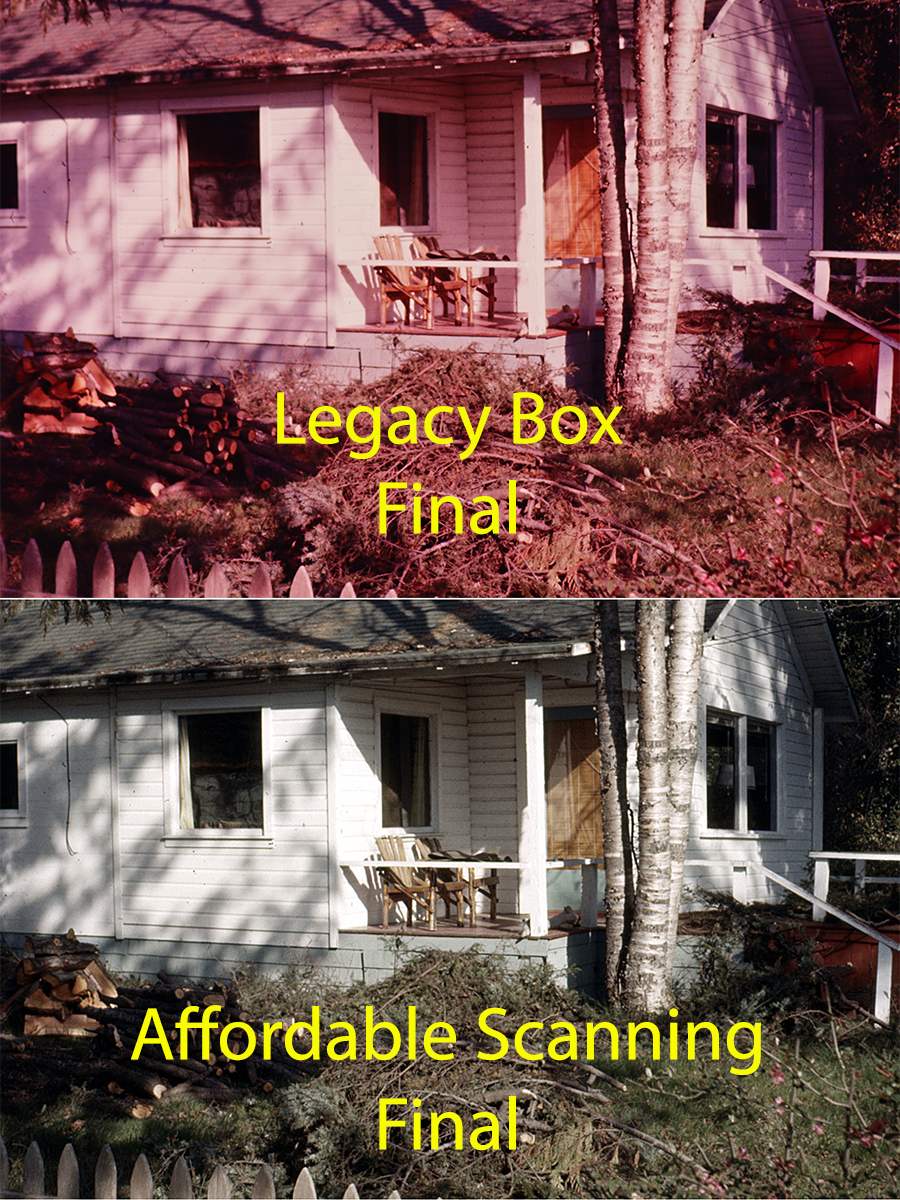Expert Slide and Photo Scanning Since 2002.
4,000 ppi Scanning and Premium Photoshop
Editing On Every Scan. 49¢ most slides.
We also can make PRINTS from your Slides.
Minnesota 35mm Slide, Photo & Film Scanning

All Scanning companies will NOT give you the same results, Click Here.
While we do NOT have a local office in your state, Affordable Scanning Services LLC has provided services for customers all over Minnesota, and Minneapolis, St. Paul, Rochester, Duluth, Bloomington, Plymouth, Brooklyn Park, St. Cloud, Eagan, Coon Rapids, and the United States and Canada since 2002. In all that time we have worked with multiple people, university's and businesses with many different needs and end results. Our customers are very important to us and they are our best salespeople.
Some of the newer scanning companies, unable to compete with our services, have resorted to sending their customer's 35mm slides, photos and films to India or other third world countries. That is bad enough but what we think is really underhanded, is that they are not up front about this minor little detail. Most of their customers have no idea that their family photo collction is being loaded into a cargo plane and flown 7,000 miles over the ocean to India. And that may be the safest part of the trip.
At Affordable 35mm Slide Scanning, your job does not leave our premises,in Waupun Wisconsin, until we return ship to you. We treat your precious photo collection just like it was our own and I can tell you for certain, that we would never be sending our heirloom family photos to a thirdworld sweatshop in order to save a few dollars.
All jobs are worked by 100% USA citizens who are talented and skillful and they really are artists at heart. They work your family photos just like they were working their very own photos. We realize that this is the only time that you are going to be converting your slides and photos to digital and we are going to make it a good Experience for you.
Minnesota History
"Before European settlement, Minnesota was populated by the Anishinaabe, the Dakota, and other Native Americans. The first Europeans were French fur traders that arrived in the 1600s. Late that century, the Ojibwe Indians migrated westward to Minnesota, causing tensions with the Sioux. Explorers such as Daniel Greysolon, Sieur du Lhut, Father Louis Hennepin, Jonathan Carver, Henry Schoolcraft, and Joseph Nicollet, among others, mapped out the state.
The portion of the state east of the Mississippi River became a part of the United States at the end of the American Revolutionary War, when the Second Treaty of Paris was signed. Land west of the Mississippi River was acquired with the Louisiana Purchase, although a portion of the Red River Valley was disputed until the Treaty of 1818. In 1805, Zebulon Pike bargained with Native Americans to acquire land at the confluence of the Minnesota and Mississippi rivers. The construction of Fort Snelling followed between 1819 and 1825. Its soldiers built a grist mill and a sawmill at Saint Anthony Falls, the first of the water-powered industries around which the city of Minneapolis later grew. Meanwhile, squatters, government officials, and tourists had settled near the fort. In 1839, the Army forced them to move downriver, and they settled in the area that became St. Paul. Minnesota Territory was formed on March 3, 1849. Thousands of people had come to build farms and cut timber, and Minnesota became the 32nd U.S. state on May 11, 1858.
Treaties between whites and the Dakota and Ojibwe gradually forced the natives off their lands and onto smaller reservations. As conditions deteriorated for the Dakota, tensions rose, leading to the Dakota War of 1862. The result of the six-week war was the execution of 38 Dakota—the largest mass execution in United States history—and the exile of most of the rest of the Dakota to the Crow Creek Reservation in Nebraska.
Fort Snelling played a pivotal role in Minnesota's history and in the development of the cities of Minneapolis and Saint Paul.Logging and farming were mainstays of Minnesota's early economy. The sawmills at Saint Anthony Falls, and logging centers like Marine on St. Croix, Stillwater, and Winona, processed high volumes of lumber. These cities were situated on rivers that were ideal for transportation. Later, Saint Anthony Falls was tapped to provide power for flour mills. Innovations by Minneapolis millers led to the production of Minnesota "patent" flour, which commanded almost double the price of "bakers" or "clear" flour, which it replaced. By 1900, Minnesota mills, led by Pillsbury and the Washburn-Crosby Company (a forerunner of General Mills), were grinding 14.1% of the nation's grain.
The state's iron-mining industry was established with the discovery of iron in the Vermilion Range and the Mesabi Range in the 1880s, and in the Cuyuna Range in the early 1900s. The ore was shipped by rail to Two Harbors and Duluth, then loaded onto ships and transported eastward over the Great Lakes.
Industrial development and the rise of manufacturing caused the population to shift gradually from rural areas to cities during the early 1900s. Nevertheless, farming remained prevalent. Minnesota's economy was hard-hit by the Great Depression, resulting in lower prices for farmers, layoffs among iron miners, and labor unrest. Compounding the adversity, western Minnesota and the Dakotas were hit by drought from 1931 to 1935. New Deal programs provided some economic turnaround. The Civilian Conservation Corps and other programs around the state established some jobs for Indians on their reservations, and the Indian Reorganization Act of 1934 provided the tribes with a mechanism of self-government. This provided natives a greater voice within the state, and promoted more respect for tribal customs because religious ceremonies and native languages were no longer suppressed.
After World War II, industrial development quickened. New technology increased farm productivity through automation of feedlots for hogs and cattle, machine milking at dairy farms, and raising chickens in large buildings. Planting became more specialized with hybridization of corn and wheat, and the use of farm machinery such as tractors and combines became the norm. University of Minnesota professor Norman Borlaug contributed to these developments as part of the Green Revolution. Suburban development accelerated due to increased postwar housing demand and convenient transportation. Increased mobility, in turn, enabled more specialized jobs.
Minnesota became a center of technology after the war. Engineering Research Associates was formed in 1946 to develop computers for the United States Navy. It later merged with Remington Rand, and then became Sperry Rand. William Norris left Sperry in 1957 to form Control Data Corporation (CDC). Cray Research was formed when Seymour Cray left CDC to form his own company. Medical device maker Medtronic also started business in the Twin Cities in 1949."
From:
https://en.wikipedia.org/wiki/Minnesota
|
About Our Company Copyright 2024 |
|
Email: Click Here After hours you will get a quicker response by using email. We answer email at ALL hours. Telephone messages are replied to during business hours. Affordable Scanning Services LLC 400 Bittersweet Lane Waupun, WI 53963
|

 Home
Home Order Forms
Order Forms



